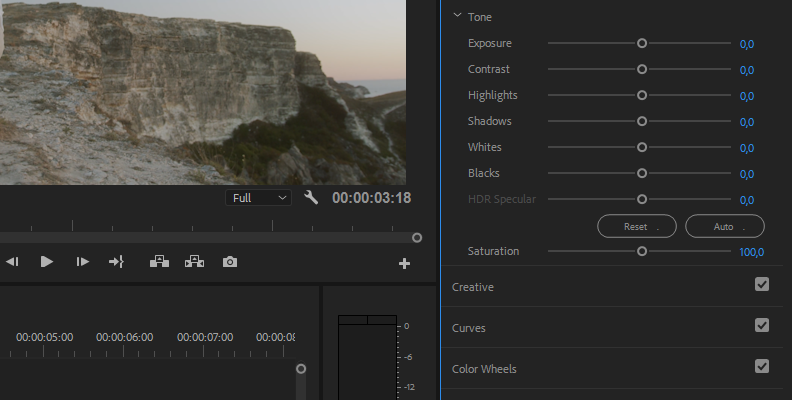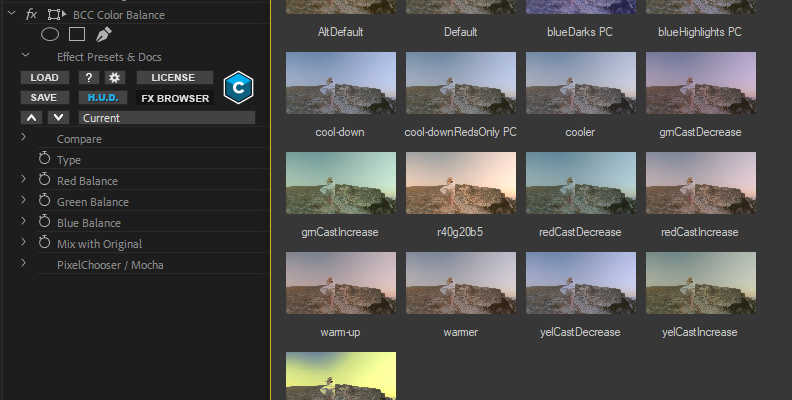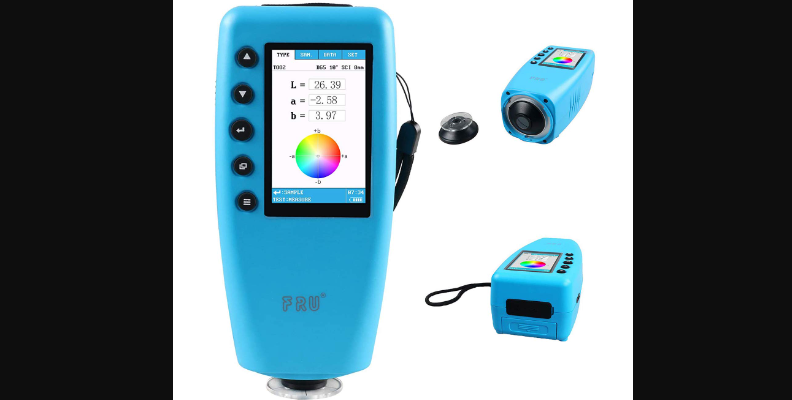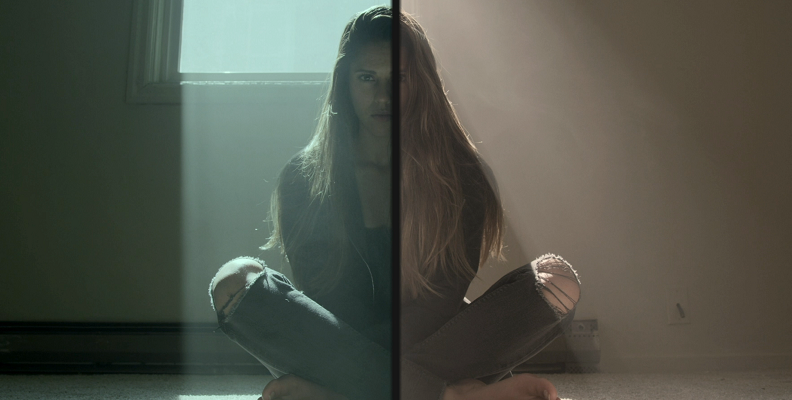In both photography and videography, there are many elements you must incorporate to have a successful product. Planning, setting the scene, using the right equipment, and finally capturing the moment is only one-half of what makes a project successful.
Most editors and colorists would argue that giving that "magic" and authentic feel to a photo or a film begins once the production phase ends and we get into "post".
With that said, in this guide, we'll talk about color correction and color grading, the differences between both, as well as how and when to rely on one or the other to make your projects successful.
We've got a lot to cover, so without further ado, let's get straight into it.
What is Color Correction?
Color correction is a technical process used to enhance or normalize the colors in a video image or a photo.
The goal is to ensure that the colors accurately represent the real-world scene by adjusting brightness, contrast, and color balance. Imagine taking a photo indoors where the lighting may make colors appear too warm or cool. Color correction helps fix such issues, making the image look closer to what the person capturing it sees with their human eye.
The process involves tweaking settings like brightness and contrast to improve overall visibility and adjusting color tones to make them more lifelike.
For instance, if a photo looks too blue, the color correction process can add warmth to make it more visually appealing. It's like fine-tuning a TV to get the best picture quality.

Color correcting is crucial in industries like photography, filmmaking, video editing, and graphic design, where accurate and pleasing colors are essential. It helps ensure that the final visuals accurately reflect the intended look, whether it's skin tones for a family photo, white balance for a movie scene, or just overall correctness and professionalism for a marketing campaign.
In the process of color correction, the person working on the project may suggest that a secondary color correction is required. This usually means another layer of image or video color correction that focuses specifically on some areas within the shot, achieved using various color correction tools.
In short, to color correct means to virtually adjust the settings on your images and display colors as realistically and correctly as possible, and it's a way to "save" projects from some of the mistakes made during the production phase.
What is Color Grading?
Color Grading is a process that involves creativity and artistry. It's commonly used in filmmaking, photography, and digital media to enhance the visual appeal and storytelling of an image or video. Color grading is different from color correction, which mainly focuses on adjusting colors for accuracy.
Instead, color grading applies specific tones, styles, and moods to evoke emotions or achieve a particular atmosphere.
For instance, when watching a movie, the director may want to create a warm, nostalgic feel for a flashback scene or a cool, desaturated look for a suspenseful scene.
Color grading achieves this by manipulating the colors in the image, emphasizing certain hues, and creating a consistent visual tone throughout the project. There are no specific rules on how you should do this, but there is a color theory that most follow.
Simply put, to color grade means knowing when and how to apply a virtual filter or unique color palette to a visual piece to enhance its overall look and feel.
It's a creative tool that cinematographers, photographers, and editors use to add depth, style, and a distinctive atmosphere to their work.
This contributes significantly to the storytelling and visual impact of the final product.
To color grade, you need to have a clear goal and know exactly what you want to achieve by adjusting the tone of the image, as it's a powerful technique that can even impact storytelling.
LUTs in Color Grading
Color curves, color wheels, and LUTs are all tools in modern post-production computer programs that allow you to "craft" the desired look for your photo or video.
Specifically, LUTs, also known as Look-Up Tables, are predefined color transformation presets used in filmmaking, photography, and digital imaging.

Like a "set of instructions", LUTs adjust the colors in an image or video to achieve a specific desired look. They're commonly employed in post-production to apply unique color grading, allowing creators to instantly enhance or modify the visual style of their recorded/captured material.
LUTs are particularly useful for maintaining consistency across various shots or scenes in a complex project and are often shared or sold to ensure standardized aesthetics.
Think of LUTs as customizable filters that simplify and streamline the color grading process, providing a quick and efficient way to achieve professional and visually compelling results.
Color Correction vs Color Grading: What's the Difference?
It's not rare for people to confuse the two terms, color correction and color grading, and think they are the same process. Although they both have a very important factor in common, and that's changing colors on a photo/video, the philosophy behind each one is quite different.
In this section, we'll explain the key elements behind each of these two different post-production processes, as well as help you understand what separates them in terms of meaning and workflow.
Let's take a look.
-
Color Correction
Color correction is mainly used to fix various color imbalances that on a photo or video may show differently than in reality. For example, a grey shirt or dress may appear "pitch black" on a video, or skin color tones may be lighter or darker than what they're really like, which essentially leads to inaccurate storytelling or documentation.
It's not always easy to capture and present the moment perfectly through a photo or video, as this requires perfect equipment and planning, as well as cooperative external factors, like weather and lightning.
Luckily, when the representation is not accurate, we can use color correction in post-production to bring the final result as close to reality as possible.
Color correcting is sometimes referred to as "the cleanup phase" in post-production, during which we aim to fix technical issues with the photo or video in question.
So, with color correction, there isn't much space available for creativity and styling. It's more of a technical thing and it should match specific standards. This is why in color correction circles you often hear professionals relying on the following standardized tools for the most professional and correct results:
Calibrated Monitors
High-quality, calibrated monitors are crucial for color correction. These monitors are calibrated to industry-standard color spaces, ensuring that what you see on the screen accurately represents the colors in the video or image. Calibration devices are used to adjust the monitor settings to match established color standards.

Control Surfaces
Colorists often use control surfaces, which are hardware interfaces that resemble traditional mixing consoles. These surfaces provide tactile control over color grading parameters, offering a more intuitive and precise way to make adjustments.

Reference Displays
In addition to calibrated monitors, some professionals use reference displays, which are extremely accurate monitors designed specifically for color-critical work. They may be used as a secondary display to double-check color accuracy.

Calibration Tools

Devices like colorimeters or spectrophotometers are used to calibrate monitors and ensure consistent color representation. These tools measure the colors displayed on the monitor and adjust settings to match industry standards.

-
Color Grading
As for color grading, we like to speak of it as the most creative process you can take part in during post-production, as it fully sets the tone and style for the photo/video. When done correctly, it creates an iconic look for a film that makes people remember it for decades after premiering.
In one of our detailed color grading guides, we mention that color correction is used for accuracy, while color grading is used to give an authentic and appealing look to your project that others will recognize it for.
That said, we must say that we believe that both are extremely important when it comes to creating a quality product, and crucial to master for someone who is a solo videographer or filmmaker.
Color grading has the power to change how the viewer feels throughout specific scenes, what type of emotion a scene awakes in the audience, as well as simply make breathtaking aesthetics that will help the film/video/photo do much better from a marketing or business standpoint.
The art of color grading is not only used in photography or films. It's also one of the most important elements in video games, which we know are getting very popular as the industry grows.
Some video games owe their success mainly to the color grading used to make them so appealing and aesthetic to the player's eye, and we believe the same goes for a lot of video/film projects too. If something is pleasing to see, people will want to watch it.
Color grading, especially with the modern software and plug-ins we have available today, can help you showcase what was impossible to capture in real life.
You can make scenes appear as if they were recorded at nighttime, make a bright forest seem like a dark and scary place and vice versa, and a lot more.
When to Use Color Correction or Color Grading
Color correction vs color grading is a question we often see, but we also hear questions about whether you need color correction or color grading in your project.
The answer is simple, you need to ask yourself the following questions and by answering them, you'll know whether you will benefit more from a color grade or color correction.
Question 1: Are There Technical Color Irregularities In My Project?
You recorded or captured something and you're now happy to present it to the rest of the world. You load up the video/photo in your editing software to make some small adjustments, and suddenly, things are not looking as accurate as you saw them with your human eye.
Your subject's clothes are eye-blindingly bright, the sky is darker, and things are just looking off.

In this case, you need color correction.
Question 2: Does My Project Catch Immediate Attention and Strike Authenticity?
You review the footage or photos that you worked so hard to capture, and everything looks correct in terms of color accuracy, but it's just not on the same level as some of the most visually appealing Hollywood films or matching the aesthetics of that famous photographer's work.
What's the deal?
In this case, you may benefit from color grading. Changing some parameters in the right direction can provide a complete makeover and create a unique and recognizable style for your work when done right.

Final Words
That covers everything you need to know about color correction vs color grading.
Hopefully, this information was enough to help you understand the key differences between both of these important techniques, as well as motivate you to learn more about them by practicing on your own future projects.
Thanks for reading, and best of luck in the future!
FAQ
This section covers the most frequently asked questions and answers on the color correction vs color grading topic.
1. Do You Color Grade Before or After Editing?
There are no strict rules regarding this, only advice that you can choose to follow, or not. We believe that color grading should be done when the video/photo is fully edited and when all "structural" changes made to it have been applied.
This is because if you do the grading first and change the structure later on, your previous choices regarding the color grade may not be suitable for the new structure of your project, and so you'll have to go over the entire process again.
2. What is More Important to Learn - Color Grading or Color Correction?
In large, professional productions, every person has their own role, and that's the best way to go about it when it comes to creating world-grade products.
But, if you are a solo videographer, for example, there isn't one that's better to opt for, as you'll eventually need to do both grading and correction yourself, and knowing both only makes you more professional in your work, which is beneficial both for your own projects and career-wise.


